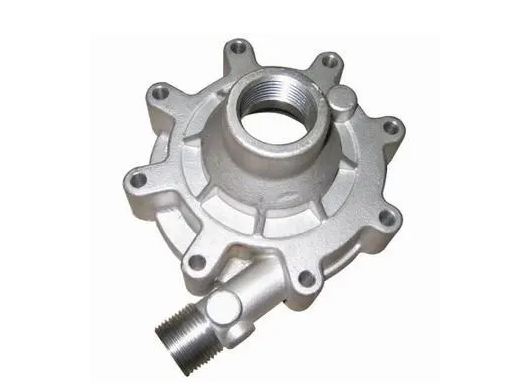Chromite sand AFS45-55 for water glass casting
Chromite sand AFS45-55 is a superior molding sand for water glass casting. The water glass process is usually suitable for the production of precision steel castings. Traditional water glass casting mainly uses silica sand as molding sand and surface sand. However, it can easily cause volume expansion or contraction of castings. It greatly affects the dimensional accuracy of castings. Replacing silica sand with Chromite sand can reduce the defect rate caused by size errors. AFS45-55 is the mostly used specification.
The main mineral composition of Chromite sand is FeO · Cr2O3. And it gets from Chromium ore, so it is also called chrome sand or chromium ore sand. Low-grade chromite has high iron content and is the raw material for metallurgy. The chrome ore sand used in casting is a chromite concentrate with a Cr2O3 content of no less than 46% and a FeO content of no more than 25%. It has good fire resistance. Applying chromite sand with water glass binder to casting parts such as thick walls, grooves, internal corners, and pores can achieve a smooth casting effect. It can avoid sand sticking to the castings, and improve the surface quality level.
This is mainly caused by the physical and chemical properties of chromite sand.
Firstly, the refractory temperature of chromite sand is high, usually reaching over 1900 ℃. It has good resistance to alkaline slag at high temperatures. Chromite sand doesn’t react with iron in the molten steel of the casting. Thus, it can avoid chemical sand sticking. The refractory temperature of silica sand is low, melting at 1700℃. While the pouring temperature of steel castings, especially stainless steel, can reach 1500-1700℃. In this case, silica sand cannot meet the requirements for pouring temperature.
Secondly, the thermal conductivity of chromite sand is high, close to that of zircon sand and several times that of silicon sand. When casting, the molten steel first comes into contact with the chromium ore sand surface. And the heat is quickly transmitted, accelerating the solidification of the casting surface. A layer of easily detached glass phase material is formed between the surface sand and the casting. The layer is easy to clean and also improves the surface quality of the casting.
Thirdly, the coefficient of thermal expansion of chromite sand is very small, 30-40% of that of silica sand. Chromium ore sand has no phase change below 1700℃, and its volume remains stable at high temperatures. The coefficient of thermal expansion of silica sand is high, and the thermal expansion rate 1 reaches 1.75% at 500 ℃ – 600 ℃. At 800 ℃, silica sand rapidly expands by about 5%. The expansion can easily cause deformation of the molding sand and lead to defects such as shrinkage and porosity in the casting. The molding sand made of chromium ore sand will not deform at high temperatures and can improve the dimensional accuracy of steel castings.
















